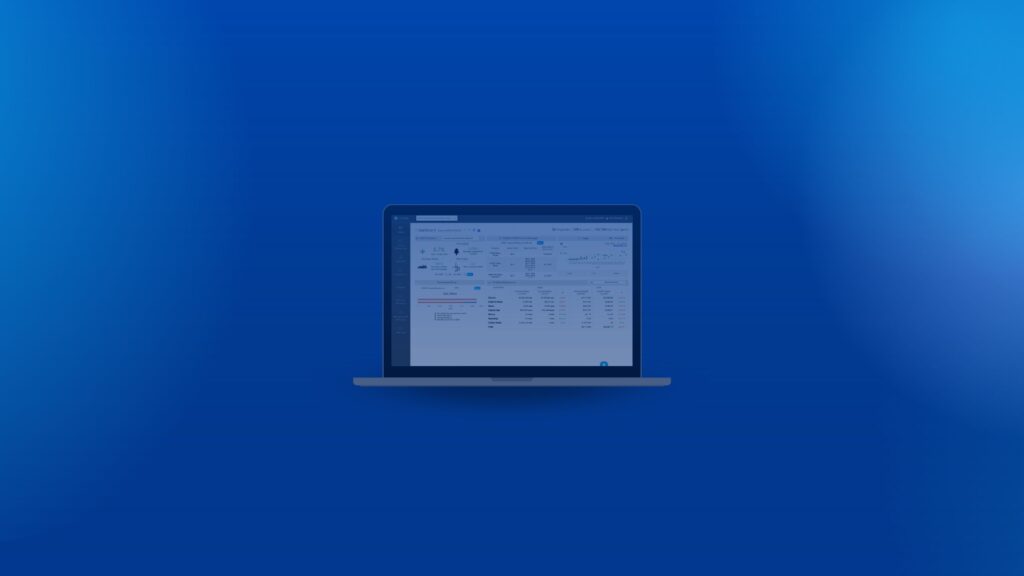Utility budgets are influenced by numerous factors: efficiency improvements, occupancy changes, supply rate fluctuations, and legislative impacts can all create significant variances. To navigate these complexities, WatchWire’s Budgeting module empowers users to create precise, data-driven budgets using historical invoice data, interval data, and weather information. This module utilizes a sophisticated budgeting wizard to streamline the process, providing forecasts that help avoid overpayment and ensure accurate projections.
Key Features:
- Data-Driven Budgets: Leverage historical data to create accurate budgets for electricity, steam, natural gas, and water.
- Forecasting: Predict future delivery and supply rates based on historical patterns.
- Variance Analysis: Identify and explain the drivers of budget variances, including weather and occupancy changes.
How it works
WatchWire’s Budgeting module simplifies the creation of utility budgets by analyzing billions of forecast models to determine the most statistically sound projections for each fiscal year. Here’s how it works:
Model Selection and Forecasting:
The core of WatchWire’s budgeting process is its ability to analyze billions of potential forecast models. These models are generated by taking into account various factors such as historical consumption data, weather patterns (including temperature, humidity, heating and cooling degree days), occupancy rates, and more. The system automatically selects the model that meets the highest statistical thresholds, particularly focusing on those with the highest adjusted R-squared value, ensuring that the chosen model is the most accurate and reliable.
Budget Creation Using the Budgeting Wizard:
To begin, users simply click the “Add New Budget” button to access the Budgeting Wizard. This intuitive tool allows users to project monthly usage and demand by selecting from multiple regression models tailored to their specific needs. Users can choose to focus on a single property, account, or an entire portfolio, and can create budgets for specific months or an entire fiscal year.
- Projection Methods:
- Monthly Invoice Regression: This method factors in historical data and anticipated changes, such as new supply contracts and varying weather conditions.
- Average Invoice: This method uses only historical data, offering a straightforward projection based on past performance.
- Manual Usage and Demand: This option allows users to manually input expected usage and demand, with the platform automatically calculating the associated costs.
Once the budget parameters are set, the Budgeting Wizard generates the budget, sending notifications when the budget is ready for review.
Budget Summary and Detailed Views:
After the budget is created, it is added to a comprehensive summary table where users can access detailed views of each budget. The budget summary page encapsulates critical data such as usage, demand, delivery costs, supply rates, and weather impacts. Each section is accompanied by graphs that help visualize trends, making it easier to identify patterns and potential issues.
- Usage Projections: Usage is projected using a multivariable regression analysis that correlates monthly invoice data with weather and operational factors, such as day of the week, seasonality, and operating hours.
- Demand Projections: Demand forecasts are similarly modeled, focusing on correlations with heating and cooling degree days, providing a visual trend line for anticipated demand.
- Delivery and Supply Costs: Projections for delivery costs are calculated using WatchWire’s in-built rate calculator, which accounts for all current tariff rates and any known changes from Public Utility Commission rate cases. Supply costs are derived from third-party supply contracts, with details like contract rates, pass-through rates, and applicable taxes.
- Weather Impact: The weather page highlights the heating and cooling degree days per month, offering a historical comparison and a projection of weather-related impacts on energy consumption.
Variance Reports:
One of the key features of the Budgeting module is its variance reporting capability. These reports provide a detailed analysis of the differences between the actual invoice data and the budgeted amounts. The system not only identifies the variances but also explains them by analyzing the underlying factors, such as weather anomalies, changes in occupancy, and unexpected shifts in supply and delivery rates.
Budget Reforecasting:
As the fiscal year progresses, it’s common for actual data to diverge from initial projections due to unforeseen circumstances. The Budgeting module allows for mid-year reforecasting, enabling users to update their budgets based on the latest actual invoice data. This reforecasting process reanalyzes the forecast model with the new data, ensuring that budget projections remain as accurate as possible.
Third-Party Supply Contract Management:
WatchWire’s Budgeting module also offers robust management of third-party supply contracts. Users can track their energy supply contracts within the platform, including visibility into contract terms, rates, and expiration dates. This integration ensures that supply contract details are factored into budget forecasts, providing a comprehensive view of energy costs.
Importance
Energy is often one of the top operating expenses for buildings, and it is one of the most volatile. Unlike other expenses such as debt service or staff salaries, energy costs can fluctuate significantly due to a wide range of factors. These include market-driven changes in supply rates, regulatory impacts on delivery rates, and operational changes that affect consumption. Managing these variables is essential to maintaining control over your organization’s operating budget.
The importance of accurate utility budgeting cannot be overstated. A miscalculation in energy expenses can lead to significant financial strain, whether through overpayment due to underestimated budgets or exposure to unexpected market prices. Moreover, with increasing regulatory pressures and the growing importance of sustainability, organizations are expected to manage their energy consumption and costs more effectively than ever before.
WatchWire’s Budgeting module addresses these challenges by providing a sophisticated, data-driven approach to budgeting. By leveraging historical data, advanced forecasting models, and real-time variance analysis, this tool enables organizations to create budgets that are not only accurate but also defensible and adaptable. This level of precision helps organizations avoid financial pitfalls, optimize their energy procurement strategies, and align their budgeting processes with broader sustainability goals.
In today’s rapidly changing energy landscape, relying on traditional budgeting methods is no longer sufficient. The ability to accurately predict and manage energy costs is crucial for maintaining financial stability and achieving long-term sustainability objectives. WatchWire’s Budgeting module is an essential tool for any organization looking to take control of its energy expenses and navigate the complexities of modern utility management.
About WatchWire by Tango
WatchWire is a market-leading sustainability and energy data management platform that uses cloud-based software to collect, automize, and analyze utility, energy, and sustainability data metrics. WatchWire streamlines, automates, and standardizes your sustainability reporting process by integrating directly and/or providing reporting exports to ENERGY STAR Portfolio Manager, LEED Arc, GRESB, CDP, SASB, GRI, and more. The platform provides customizable dashboards, which allow asset managers, sustainability managers, engineers, and more to monitor individual key performance indicators (KPIs) and create custom views for specific use cases. WatchWire provides:
- Automatic collection of energy, utility, sustainability, and emissions data through real-time metering. The data is then fully audited and organized all in one place
- GHG emissions tracking
- Goal tracking (e.g., Net Zero, SBTi, waste diversion)
- Carbon offset view of power purchases from the grid vs. on-site renewables generated vs. off-site RECs.
- Opportunities to implement projects (track EEMs) and monitor distributed energy resource production (e.g. on-site solar)
To discover more about WatchWire and its capabilities, you can visit our website, blog, or resource library, request a demo, or follow us on LinkedIn, Instagram, or Twitter to keep up-to-date on the latest energy and sustainability insights, news, and resources.
 Top Sustainability Trends to Watch in 2025
Top Sustainability Trends to Watch in 2025

 Log In
Log In









